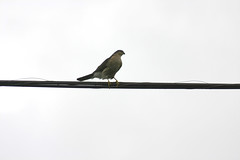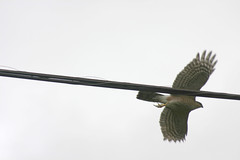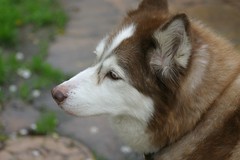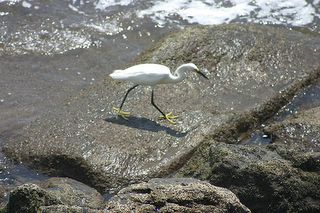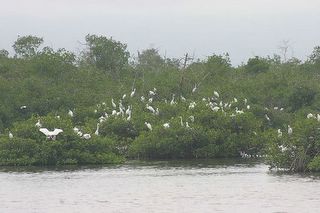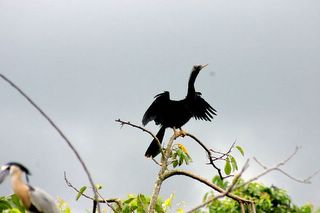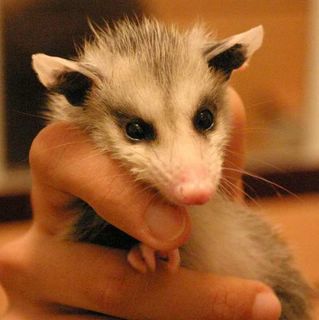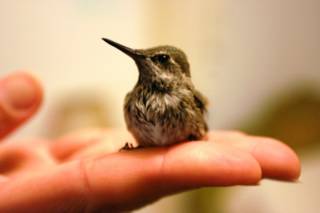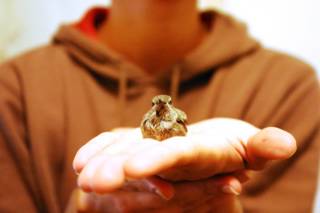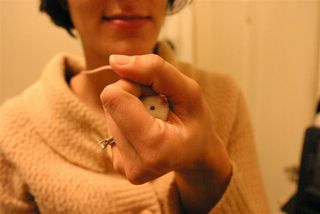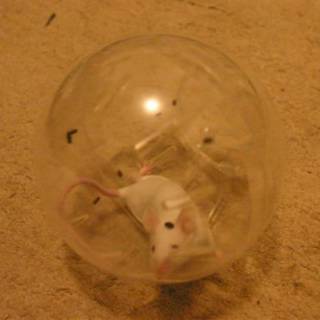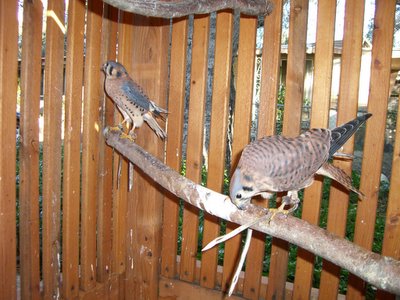
I would like for you to meet Bob and Juliet.
They are American Kestrels (Falco sparverius), the smallest diurnal raptor in North America. The American Kestrel was formerly called a "sparrow hawk."
Which one is Bob?Bob is the smaller kestrel with blue-gray wings and a lightly spotted chest and belly. Juliet is larger with rufous wings barred with black, and streaking on the chest. As with all falcons, the male is always smaller than the female.
How small are they?Size: 9-12 in; Wingspan: 20-24 in; Weight: 80-165 g (2.82-5.82 ounces)
How do they hunt and kill prey?Like all raptors, kestrels swoop down and catch their prey with their feet; however, while other raptors use their powerful talons to kill their prey, falcons have a "tooth" on either side of their beak used for snapping the spinal cord of a bird, rodent, or reptile.
Why do they have black spots on their heads?The spots under the kestrel’s eyes have a purpose… the black pigment absorbs bright sunlight so it does not reflect back up into the kestrel’s eyes. And so do the spots on the back of the head… the black spots serve as "false eyes," therefore fooling the predator into thinking the back of the head is the face…
Helpful identification tips?... In flight, look for pointed wings and rapid wingbeats.
... From afar, look for its characteristic tail-bob and hunched silhouette. They pump their tails and bob their heads while perched, especially when agitated. The American Kestrel is the only North American falcon to habitually hover with rapid wing beats, keeping its head motionless while scanning the ground for prey. The kestrel commonly perches along fences and powerlines. It glides with flat wings and wingtips curved upward. It occasionally soars in circles with its tail spread and its wings flat.
...By ear, listen for a "klee" or "killy" sound, usually delivered as a rapid series.
http://danlin.textamerica.com/?r=4094418
 Zoey the Towhee has a new pal. After a lot of rhyming, Dan thought we should name the new bird Joey, but within a blink of an eye, the word "Whoa" came out of his mouth. Being huge fans of the show Blossom and Joey Lawrence, "Whoa" seemed perfect. Whoa is on the left with the silly down feathers on her head. She was also cornered by a cat. These are the first 2 baby songbirds of Ventura and Santa Barbara.
Zoey the Towhee has a new pal. After a lot of rhyming, Dan thought we should name the new bird Joey, but within a blink of an eye, the word "Whoa" came out of his mouth. Being huge fans of the show Blossom and Joey Lawrence, "Whoa" seemed perfect. Whoa is on the left with the silly down feathers on her head. She was also cornered by a cat. These are the first 2 baby songbirds of Ventura and Santa Barbara. Whoa realy likes to eat worms covered with Calcium powder. Yumm.
Whoa realy likes to eat worms covered with Calcium powder. Yumm. This is Zoey getting fed baby bird food via a syringe.
This is Zoey getting fed baby bird food via a syringe. And after the feeding, Zoey is content. Check out her huge crop.
And after the feeding, Zoey is content. Check out her huge crop.













